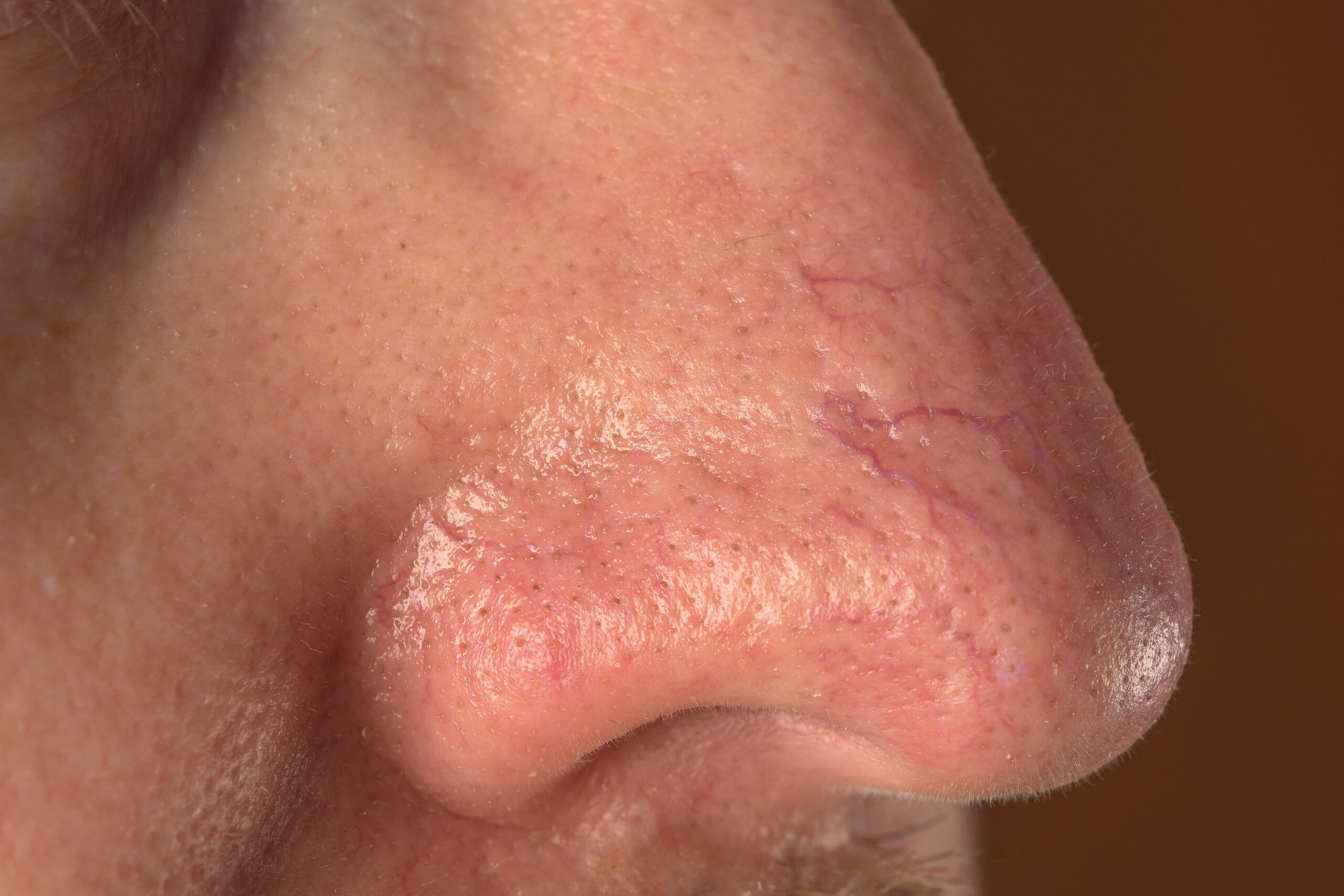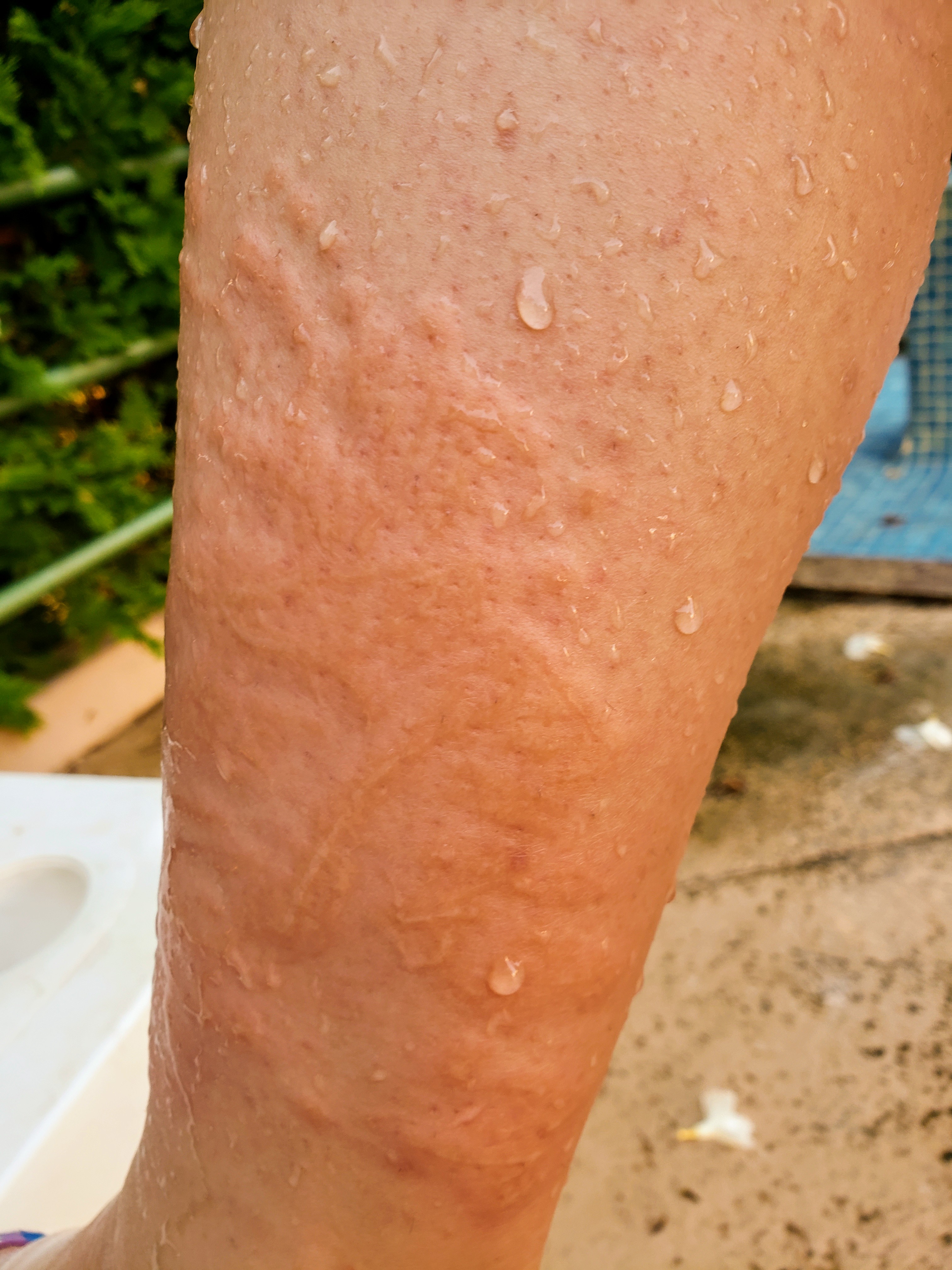Niacinamide, an amide of vitamin B3 (niacin), is a hydrophilic endogenous substance. Its effects after epicutaneous application have long been described in the literature. Given a sufficient bioavailability, niacin amide has antipruritic, antimicrobial, vasoactive, photo-protective, sebostatic, and lightening effects depending on its concentration. Within a complex metabolic system niacinamide controls the NFκB-mediated transcription of signalling molecules by inhibiting the nuclear poly (ADP-ribose) polymerase-1 (PARP-1). Niacinamide is a well-tolerated and safe substance often used in cosmetics. Clinical data for its therapeutic use in various dermatoses can increasingly be found in the literature. Although the existing data is not sufficient for a scientifically founded evaluation, it can be stated that the use of niacinamide in galenic preparations for epicutaneous application offers most interesting prospects.
One Comment
Comments are closed.
Related Posts




Interesting